
The 8 Controversial Dark Tourism Places: When Macabre is Attractive
Temps de lecture : environ
In recent years, a new wave of tourism is emerging in the world, propelled by these successful series that rediscover tragic events in our history. Dark tourism has been making the headlines, promising to take us on the tracks of major criminals, to Katrina or Fukushima, or to the Iraqi front lines. Some Series, whether Chernobyl or Narcos, have not only in common the fact they have been acclaimed by critics and the public.
What is dark tourism or black tourism?
Dark tourism, also known as Macabre tourism, is fueled by the antagonism between testimony and voyeurism and is a form of tourism that has developed in recent years and has become somewhat trendy.
It consists of visiting places that have experienced violence, disasters or death, most often driven by morbid curiosity. Among these sites are the locations of the various nuclear accidents, Chernobyl and Fukushima, attracting thousands of tourists to radioactive areas.
These places have recently been brought up to date by the distribution of cinematographic works and in particular the very successful series "Chernobyl", released on HBO in June 2019.
However, this type of tourism remains controversial, mixing sometimes misplaced curiosity, acts of vandalism, questions of ethics and respect for the place. However, the phenomenon is not new, the first wave has taken place after the attacks of 11 September 2001 on the Ground Zero site in New York.
Its enthusiasts love adrenaline and danger far from mainstream tourism. That's why they venture into frightening, unsanitary and sometimes even forbidden places... Let's explore the 8 most famous dark tourism places around the globe, which are also the most disturbing!
What are the most famous dark tourism sites?
Renowned sites in the world of dark tourism fall into several broad categories: tragic or controversial historical events (Auschiwtz, Medelin), natural disasters (Hurricane Katrina), man-made global accidents (Chernobyl or Fukushima) as well as places marked by mysticism (aokigahara forest, tribute of the toraja).
Dark Tourism Site n°1: Auschwitz, Poland
Located about 60 km from Krakow, we can find the well-known Auschwitz concentration and extermination camp. Active during the Second World War, it was the scene of one of the most devastating disasters in human history under Hitler's authority.
Indeed, more than a million people died there. Today, the place is frozen in time and only the windbreaks the heavy silence of the place. Many tourists, but also students and come every year in thousands to remember the history of these places
In the literature on dark tourism, Auschwitz is often presented as a special case: it is both the quintessence of memory tourism and the tourism of devastation. Its openness to the public, thought out with historians, is primarily educational. Having become a tourist destination, some point out, however, that it is impossible to gather or to provoke a real awareness among visitors in the turbulent atmosphere.
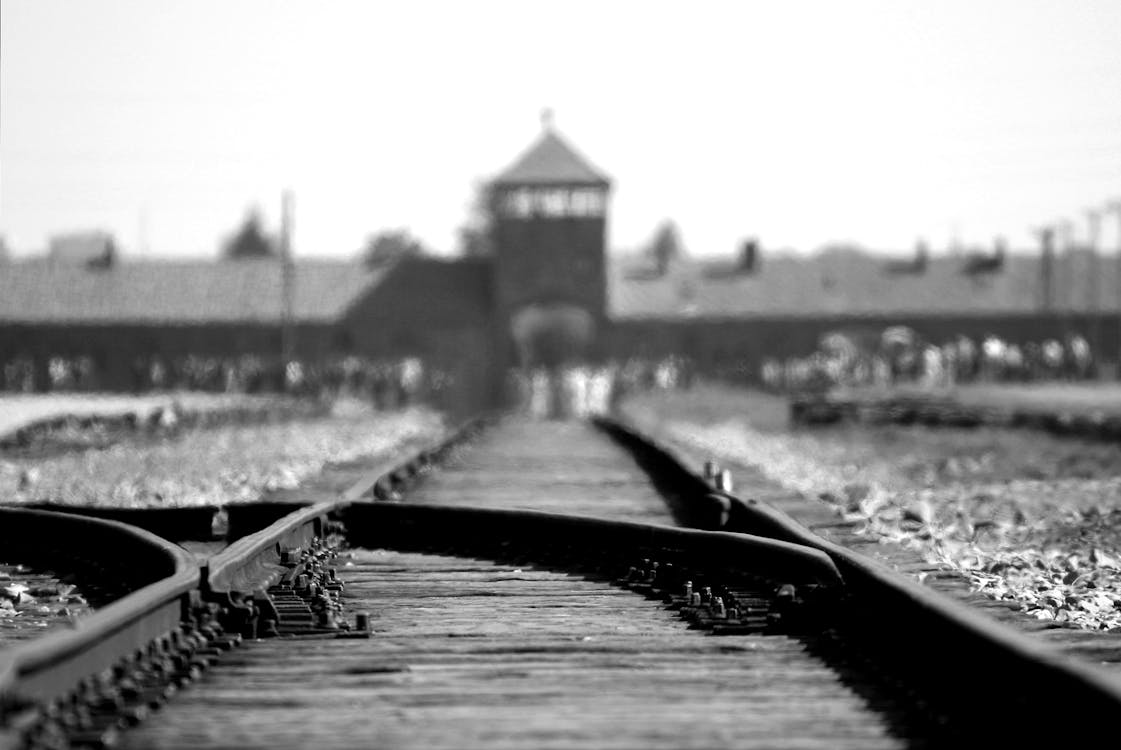
Dark Tourism Site n°2: Fukushima, Japan
Fukushima is certainly one of the most famous sites in the world of black tourism. Since March 11, 2011, the city of Fukushima and its surroundings have been deserted. Indeed, an earthquake caused a tsunami and then the core of a nuclear power plant reactor melted.
Some areas are still closed to access today due to very high levels of radioactivity. This does not prevent some thrill-seeking tourists from venturing there to discover the extent of these natural and nuclear disasters. The number of visitors to this place is, therefore, increasing despite the many risks. Indeed, radiation levels are still high in some areas.
As can be seen in these images, these towns and villages are now worthy of the greatest post-apocalypse films. Although it is strongly discouraged to go there for obvious reasons, some tourists accompanied by a guide allow you to visit this region. Residents, eager to share their daily lives disrupted by this disaster, show the premises, equipped with dosimeters.

Dark Tourism Site n°3: Chernobyl & Prypiat, Ukraine
Chernobyl, in Ukraine, is a case study. With the success of the Chernobyl series, tourism is on the rise around the Ukrainian nuclear power plant. According to Ukrainian Tour Operators, Reactor 4 of the plant (covered with a metal dome) and its surroundings would attract around 30,000 visitors per year.
Bookings to visit the site jumped by nearly 30%. The highlight of the visit remains the abandoned city of Prypiat, with its ruined buildings where the testimonies of a bygone era remain, scattered on the ground. Before the 1986 disaster, 48,000 people lived there. Some 10,000 people are reported to visit the Chernobyl area each year.
The ghost town of Pripyat was built a few cables away from the power plant to house the staff, it had to be evacuated in a few hours the day after the disaster. It's already too late.
Only abandoned buildings and empty schools remain. Time seems to have stopped there, objects are strewn all over the floor of the apartments, gas masks blocking the floors of the schools... the city has literally been abandoned.
Yet many people have already died, others, less fortunate, have developed cancers and must live with a sense of helplessness and betrayal. In Ukraine alone, 2.3 million people are suffering from the stigma of the disaster.
The fact that this disaster has long been killed and hidden by the Russian and Ukrainian authorities also creates a certain curiosity among the public. The media and critical relay of the HBO series, which lifts the still opaque veil on these events, has been the trigger for a tourist craze such that the apocalyptic landscapes of the region have become must-see for anyone who settles in Ukraine.

Dark Tourism Site n°4: Toraja of Indonesia
The Toraja are an Indonesian ethnic group that mainly inhabit the mountainous regions of the northern part of the South Sulawesi province. Their population is 650,000 people. Among the Toraja, funeral rites are very important. The official burial can take place long after death. Until the funeral ceremony has taken place, the person is considered as "sick", 'to masaki' in the Toraja language.
Many Torajas continue to respect the Aluk To Dolo (the "ancestor's way"), a belief system that gives great importance to ancestors, especially with the Ma'nene ritual ("doing something for grandparents"). It is celebrated every year in August - or more episodically - in different places where the Torajas live.
First, families dig up the coffins, which are in the family graves, before removing the bodies of the deceased inside. Then they clean them to remove dust and any mould, they redo their hair if they still have hair, they talk to them...[Some families also give them perfume or cigarettes, editor's note] It's as if the deceased were still alive.

Dark Tourism Site n°5: Aokigahara "Forest of Suicides", Japan
At the foot of Mount Fuji, this 35 km2 vegetable labyrinth, also known as Jukai (sea of trees) has a reputation as one of the most haunted places in Japan. And the favourite place for Japanese to end their lives (200 suicides in the record year of 2010). Traditionally, forests and mountains have been considered by the Japanese as sacred spaces and meeting places for many spirits.
While Aokigahara, the second favourite site for suicide candidates after the Golden Gate Bridge in San Francisco, offers no help to walkers who would like to take a little digestive walk, it is full of panels for depressed people: "Life is a precious gift from your parents. Please think of them, your entourage, your friends. Don't keep things inside you. Talk about it."
GPS doesn't work, neither do phones. Many of the bodies found in the forest are those of lost hikers. A digital detox expert level, forced by the origins of the forest, born from a lava flow in the 9th century.
The ferrous metals contained in the volcanic rock still render any compass obsolete today, especially since the repetitive nature of the landscape and the impossibility of seeing the sun from certain places disturb the sense of orientation. It's a mysterious place, so if you enjoy mysticism, take you canvas backpack and go explore these woods!
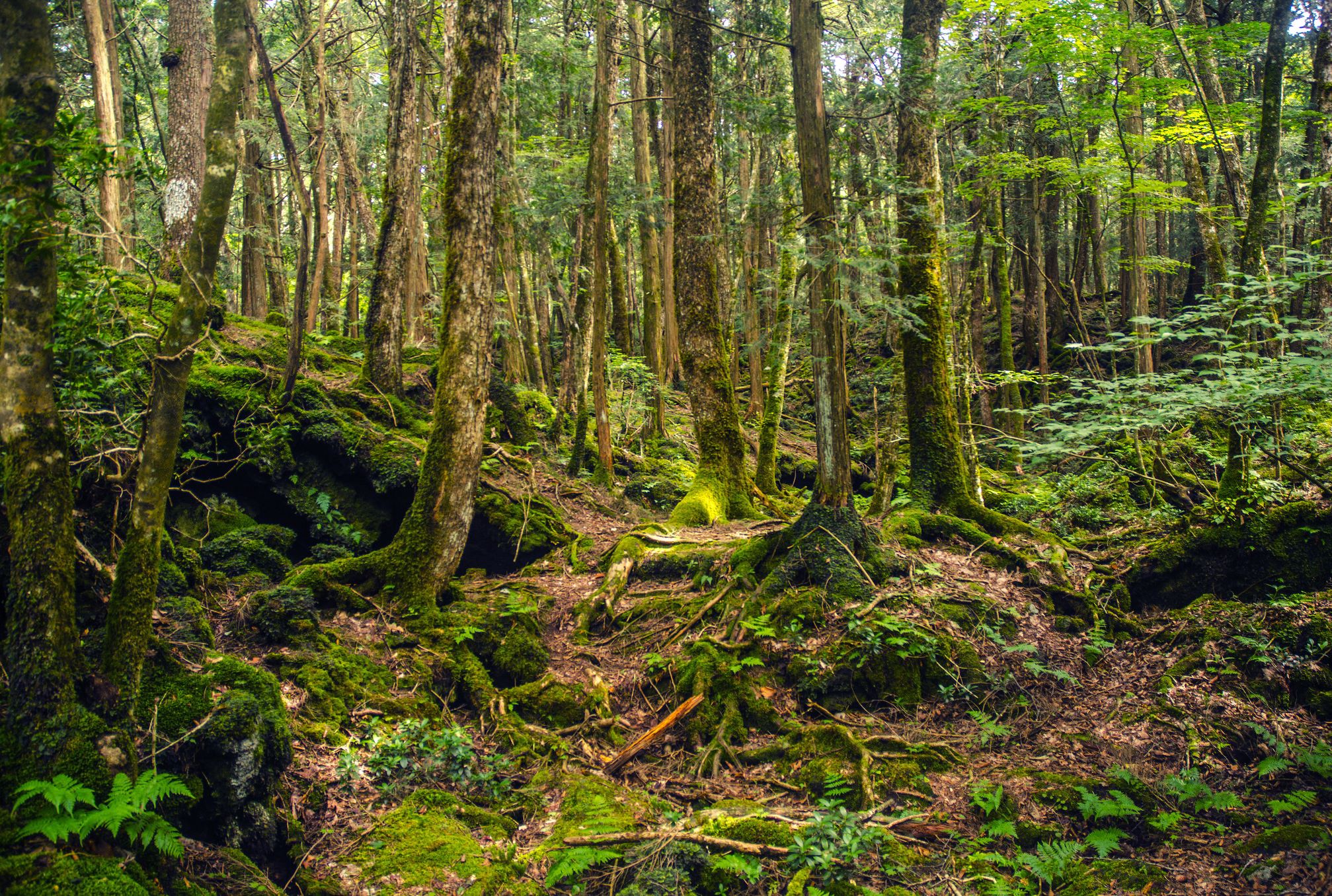
Dark Tourism Site n°6: Medellin, Colombia
In Colombia, the shadow of the famous drug trafficker Pablo Escobar continues to loom over Medellin, the city where he was born and died. A cumbersome image for the city, but one that also makes the heyday of travel agencies offering guided tours in the footsteps of the drug lord.
From his birthplace to his last home where he was shot dead by the police in 1993, and all the places where he left his mark, these Pablo Escobar Tours usually end up on the ever-flowering tomb of "El Patron".
Various sites that have been visited by Pablo Escobar have become the main attractions of the Colombian city, a phenomenon that has not only generated a considerable boost to the local tourism industry, but also a major controversy around the trivialization of one of the darkest periods in the history of the South American nation.
Today, tourists from all over the world can carry out various niche activities that are now known as "narco-tourism". A very singular example: paintball battles are organised at Hacienda La Manuela, a former property of Pablo Escobar in the idyllic village of Guatapé, where players usually play the role of DEA agents defying the malicious sicarios.
But the unique entertainment options don't stop there. Tourists can visit Escobar's tomb and the luxurious apartment complex where his family lived before he was forced to leave the country. One in ten foreign visitors is attracted to Colombia by a television or film programme that tells a story about the country, based on a narrative centred on the world of narcos, for example.
Dark Tourism Site n°7: New-Orleans, United States:
Killing more than 1,800 people and causing damage estimated at 150 billion dollars, Katrina also revealed "the existence of a third world within the very heart of the world's leading power". Extreme poverty, dilapidated infrastructure, poor government and slow relief efforts will make Barack Obama say, during a visit to Louisiana ten years after the disaster, that it was indeed a "man-made disaster".
After the devastating passage of Hurricane Katrina over New Orleans (United States) in 2005, "Katrina Tours" were created, offering tourists the opportunity to visit the affected areas, particularly the 9th district (Ninth Ward), the most affected part of the city. Even today, agencies still offer these tours in disadvantaged neighbourhoods, some of which are struggling to recover. Voyeurism or healthy curiosity?
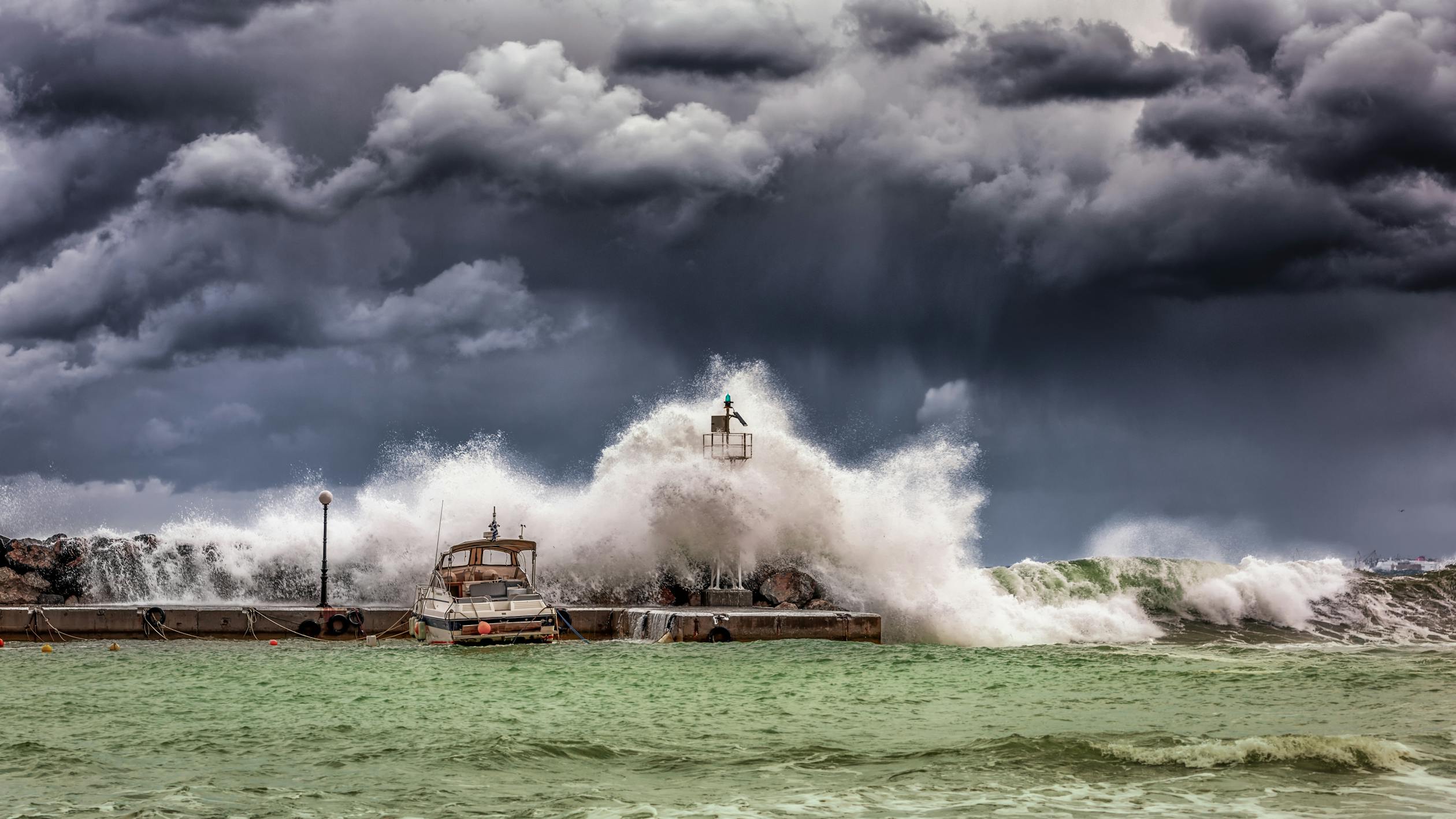
Dark Tourism Site n°8: Las Favelas, Rio de Janeiro, Brasil
Rio, its beaches, its carnival, its Christ the Redeemer, and its favelas. Since their "pacification" started in 2008 (resulting in police raids against traffickers), Rio's slums have once again become frequent and many travel agencies have offered visits.
This is the case of Favela Tour, which offers 3-hour excursions in French via Rocinha and Vila Canoas. You can even sleep there, as the youth hostels grow like mushrooms.
The Favelas of Rio de Janeiro are only one example, but this also applies to all slums around the world. Some tourists want to visit places of extreme poverty. They do so both out of curiosity, but also to raise awareness and become aware of human misery in some parts of the world.
Of course, this type of tourism can be unwelcome, especially for locals whose lives are not a spectacle. Nevertheless, it can encourage visitors to make donations or carry out charitable operations to make a difference.
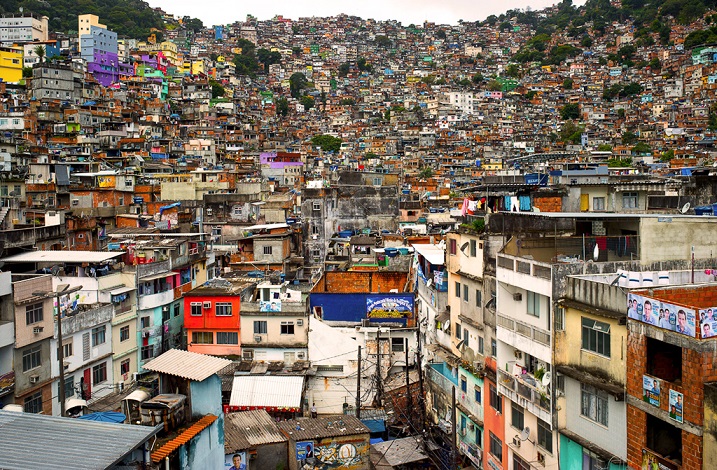
📫 Related Blog Posts:
📌 Discover Arctic's Wonders on Board an Extraordinary Cruise
📌 5 Breathtaking US National Parks You Must Visit [Ultimate Guide]
📌 Is Travelling Really Good for Your Health? A Scientific Review
📌 Ready to Explore NYC Alone? Here’s a List of 14 Things to Do








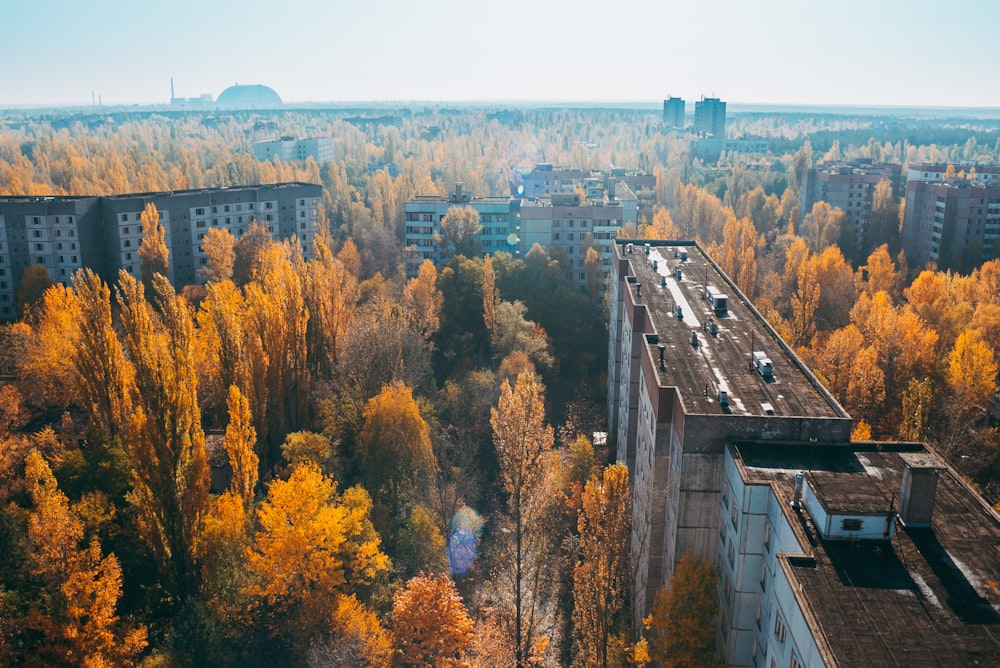





Laissez un commentaire